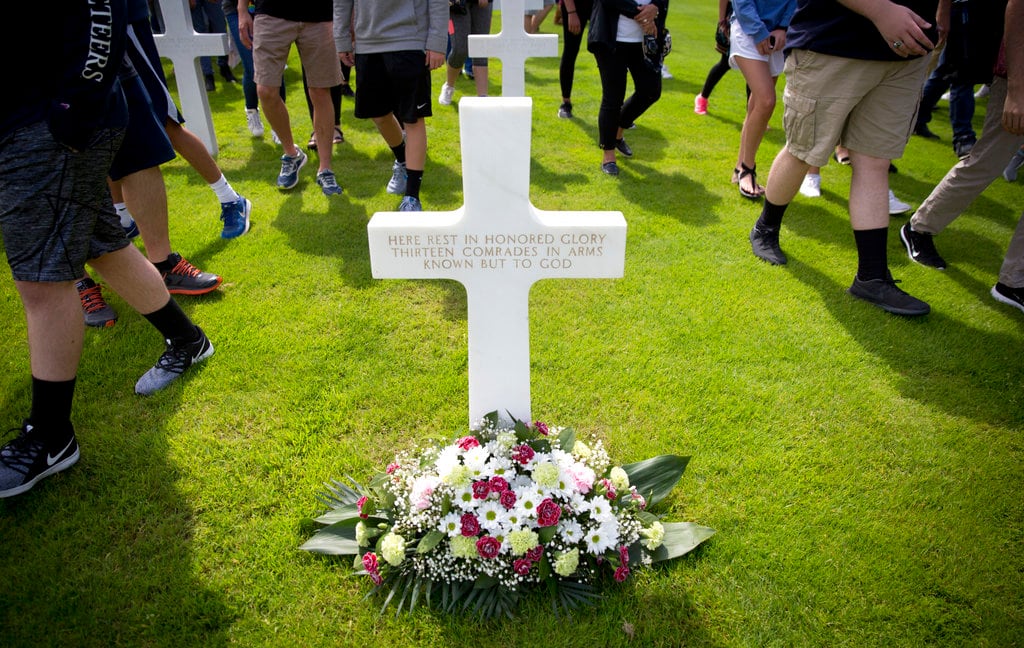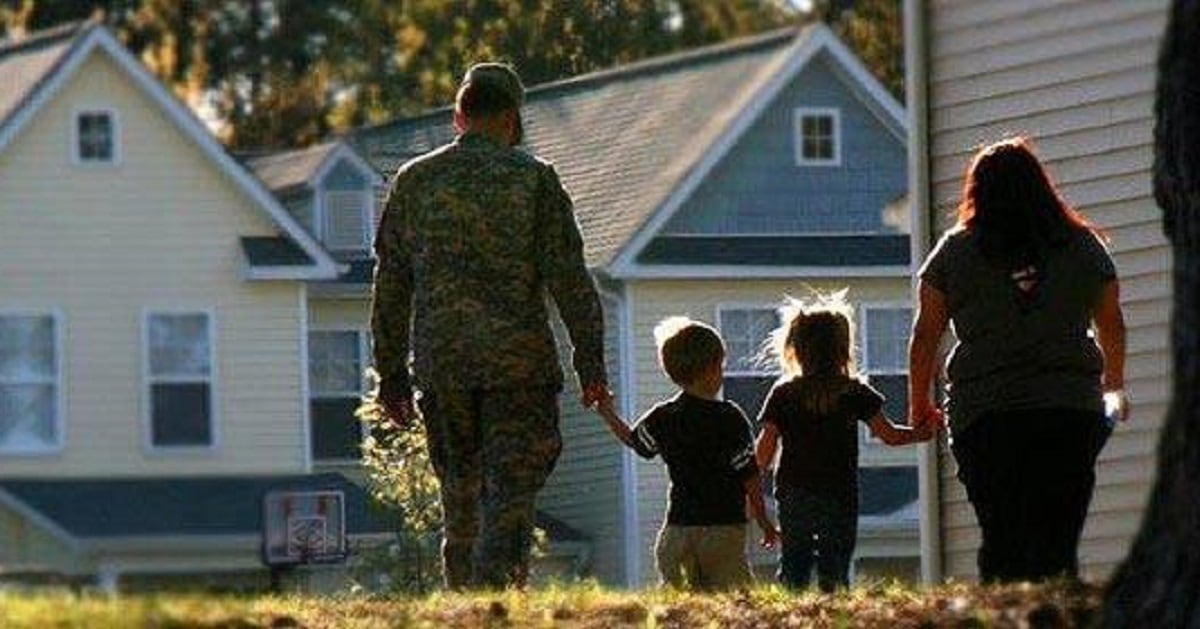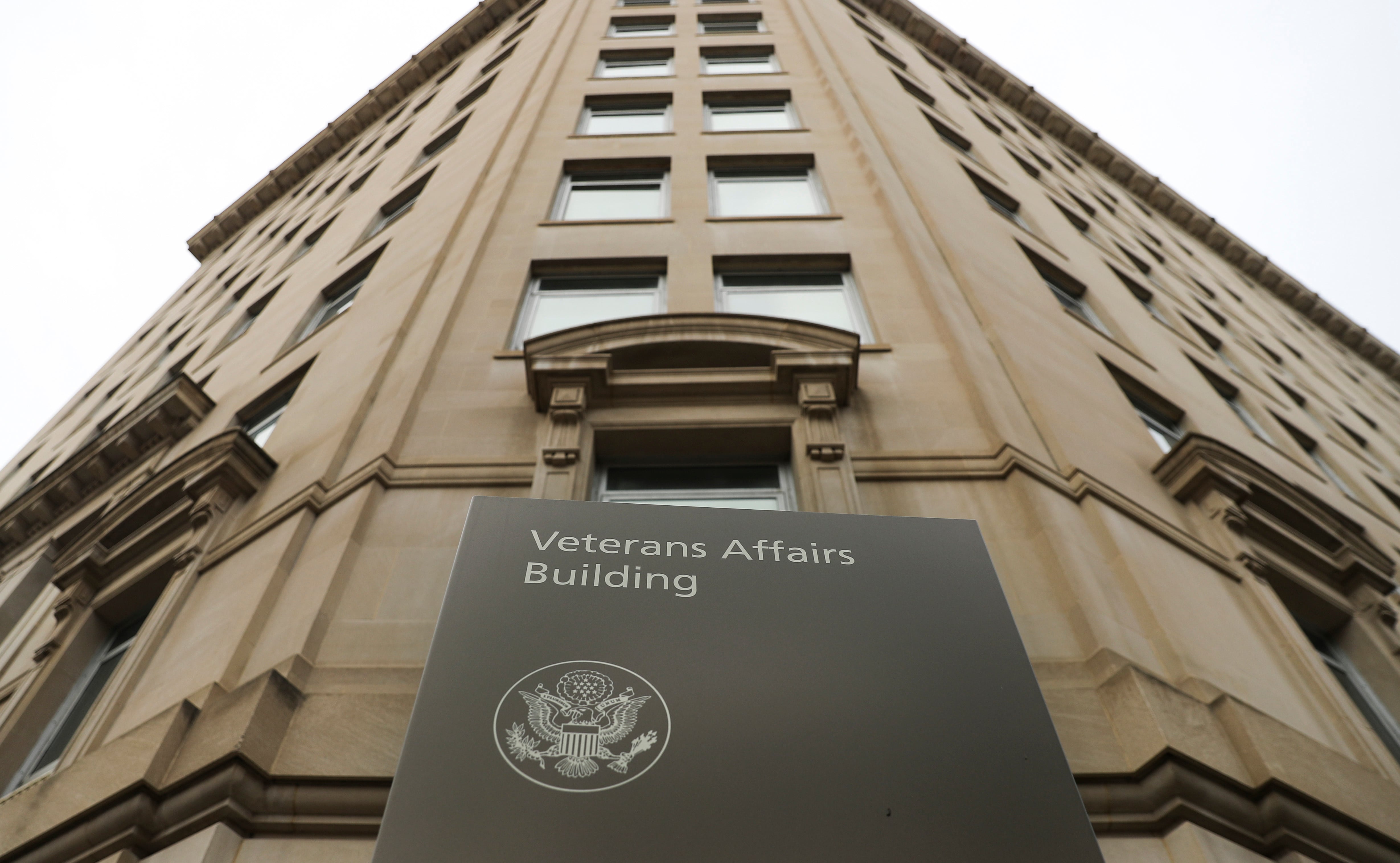The Army has all but come back from a pilot shortage that plagued the aviation community for the past few years, the head of the Aviation Center of Excellence said Wednesday.
Following a period of low production at flight school, the Army is now working to balance its numbers of new aviators with more experienced pilots, while bolstering opportunities for enlisted aircraft maintainers, Maj. Gen. William Gayler told an audience at the Association of the U.S. Army headquarters outside of Washington, D.C.
“So, we are short pilots, just candidly speaking,” he said. “I mean, we are under our authorization for aviators, most predominantly seen in the AH-64 community.”
For the past year and a half, flight school has upped the number of training spots to meet the shortfall, he said
But, he added, “you can’t fill the void with just accessions because then six, eight years later you would have a relatively inexperienced force.”
As it is right now, a quarter of active duty aviation warrant officers are eligible for retirement, and that will kick up to one-third over the next 18 months, he added.
Meanwhile, the commercial airline industry has its own pilot shortage, and they’re targeting military aviators with good pay and benefits.
“Don’t worry about it, but we have to account for that," Gayler said. “You have to [recruit] enough to avoid that attrition being a problem, but you also have to keep some experience."
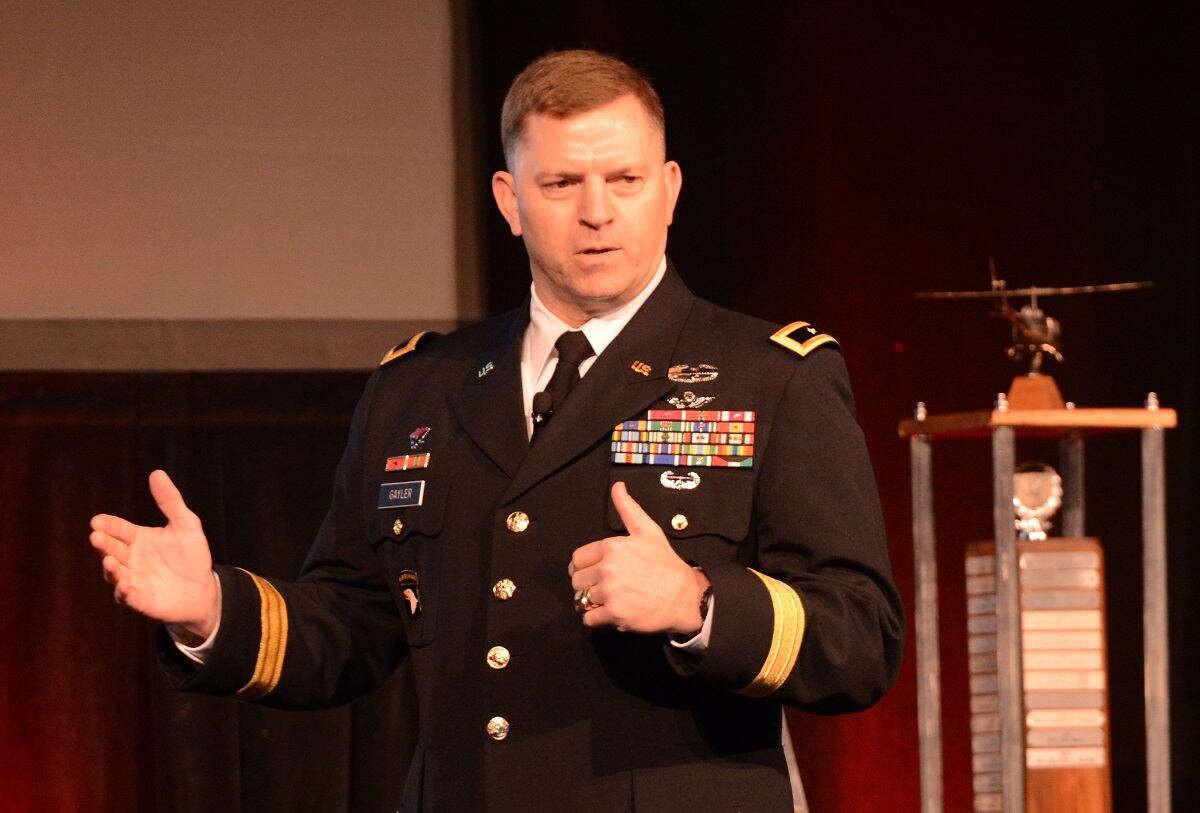
Last year, the Army began offering retention bonuses to keep some of those more seasoned pilots, at the seven-year mark and 19- to 22-year mark.
“Some people ask the question, 'Hey, why would we give a 20-year Army aviator a three-year bonus?” Gayler said. “And my answer is, because if they all retire, we have no experience in our fleet, so we need them.”
Improvements are happening, but the community is still lagging when it comes to filling up its authorized pilot spots.
“Our forecast is once you get additional manning, it’s about six years before you’ve totally trained everybody,” he said. “You know, it took us a decade to get in this position. We can’t get out of it within the year or by next Thursday, so we’ve got some work ahead of us.”
And the maintainers?
The Army also has some catching up to do in its enlisted maintainer community after years of relying on contract maintenance during deployments.
“Frankly, the impact of that atrophied skill to our maintainers has been horrendous,” Gayler said.
Once upon a time, he said, an E-6 would have had a pretty standard knowledge base, with an average number of times he’d done a specific maintenance task to get to that level.
RELATED
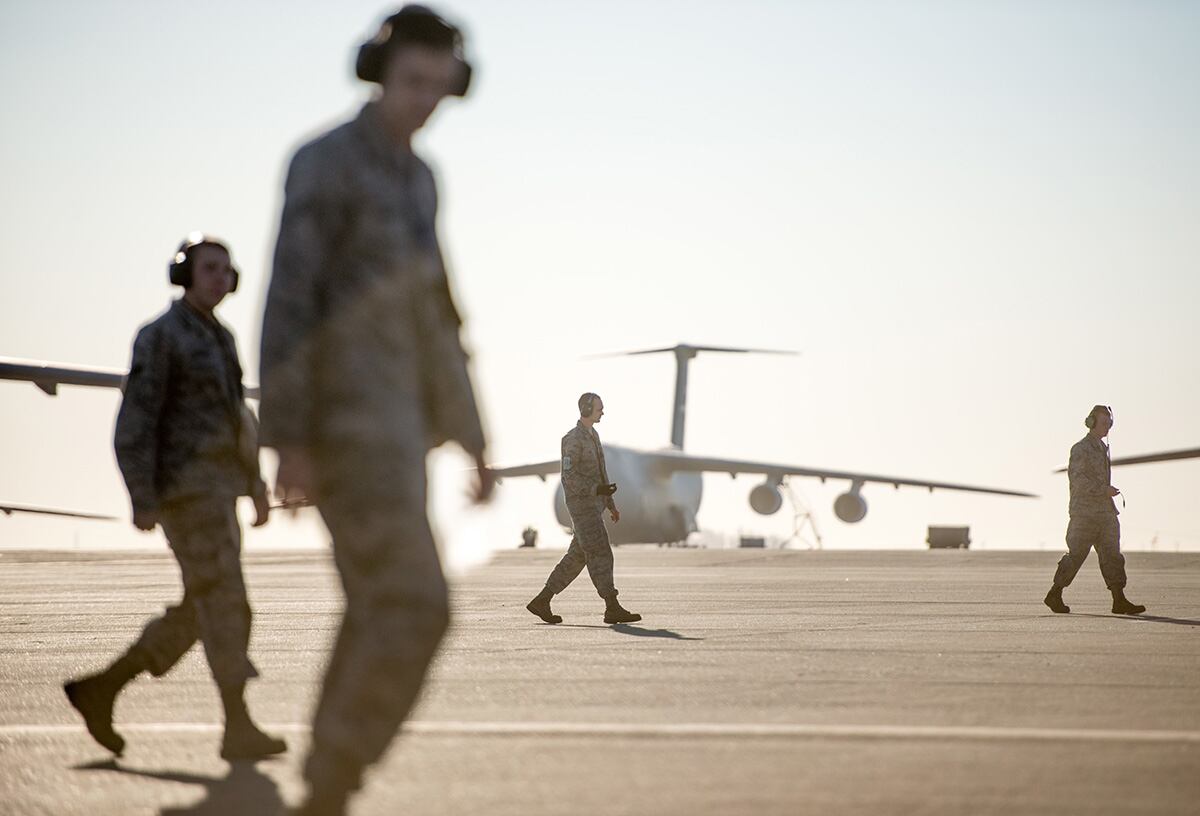
“Today, it’s not the same. We have staff sergeants that may have only performed a task one time in their career,” he said. “Whereas before, you looked at a staff sergeant, you knew he had 100 reps or more under his belt or her belt.”
So, with help from the aviation center’s former Command Sgt. Maj. Gregory Chambers, who has now moved on to a post at the sergeant major of the Army’s office, the command developed an aviation maintenance training program.
“Basically we’re in a pilot right now, but we will track aviation maintainers exactly like we track rated aviators,” Gayler said.
A new maintainer reporting to a unit will come with a file of their experience, down to task repetitions, so a unit can put together a training plan to help them fill in any gaps.
“So it gives you visibility to track and improve the quality of your maintainers,” Gayler said.
Meghann Myers is the Pentagon bureau chief at Military Times. She covers operations, policy, personnel, leadership and other issues affecting service members.

